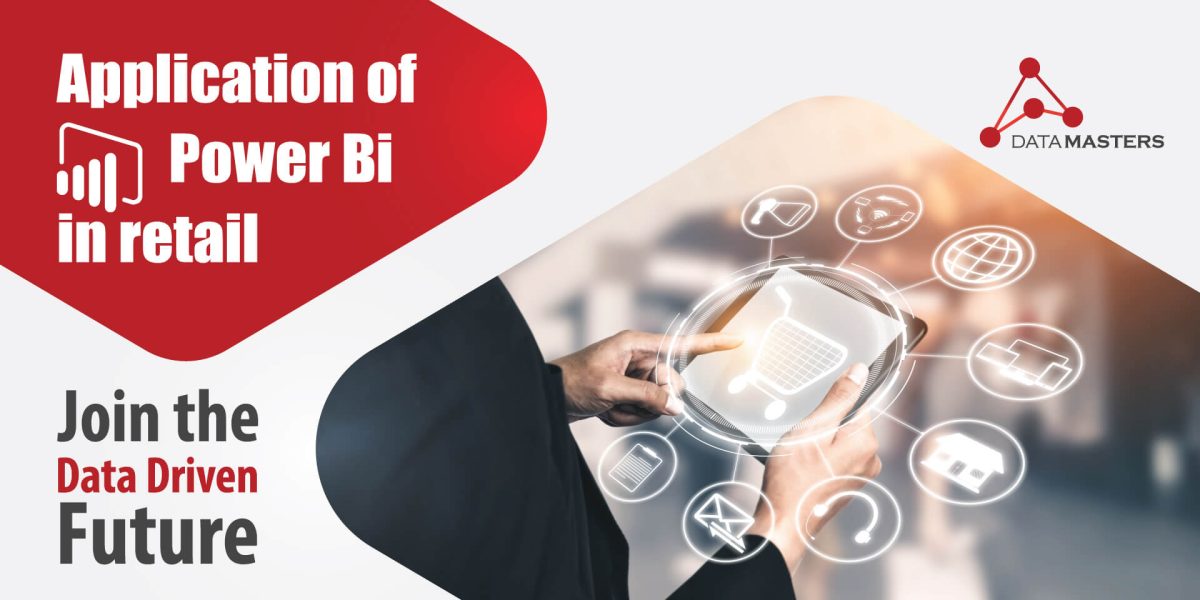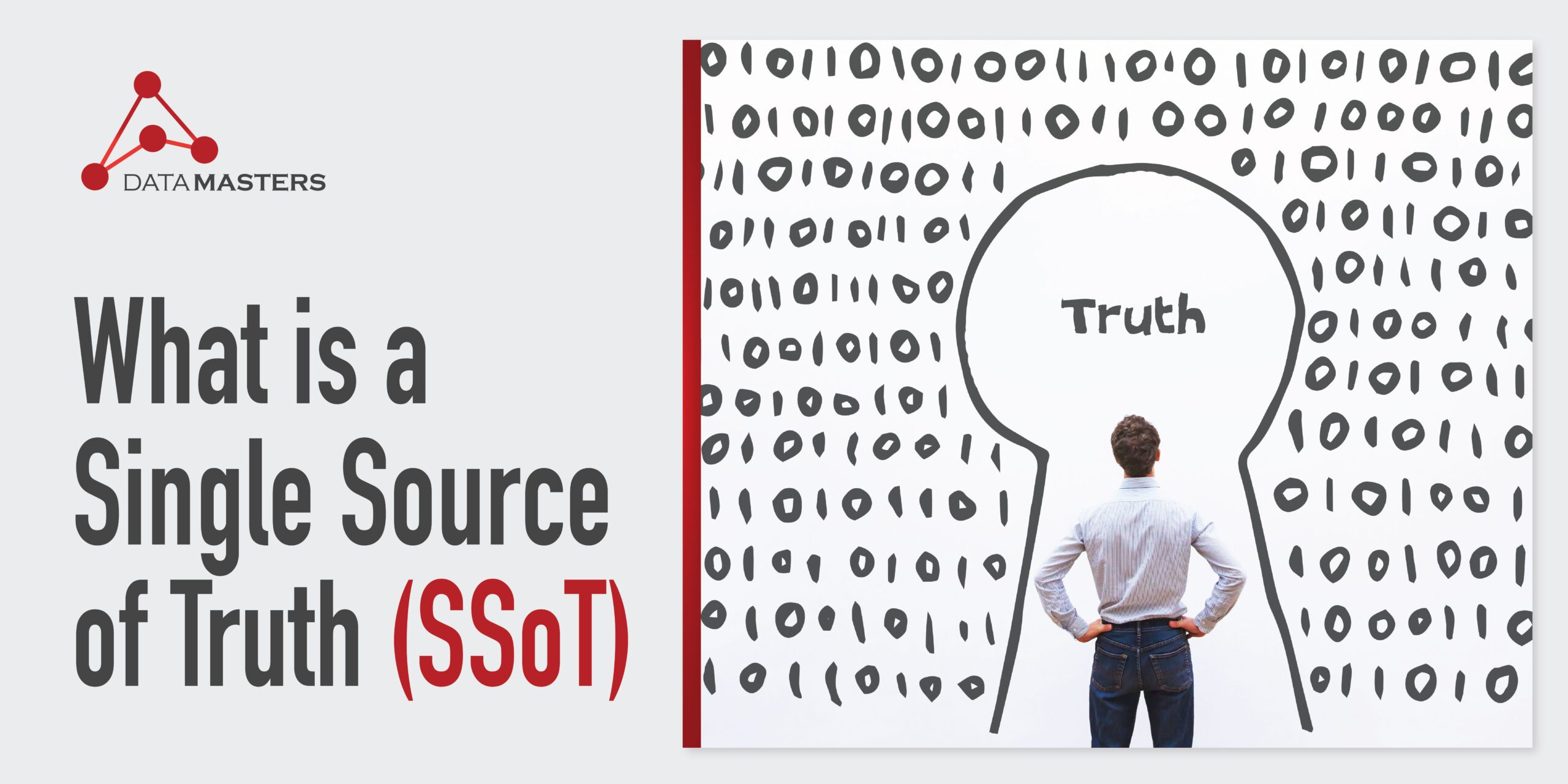Every type of business nowadays is facing the same challenge – how to use data in the right way to make better decisions and improve operations? This is especially notable in retail where supply and demand meet on a daily basis, and it is necessary to react quickly, but also to plan. This is where Microsoft’s tool, Power BI, comes in handy, and rightly so. But how and why should this tool be applied, and what are the benefits of its implementation in retail? Let’s go through the most important aspects.
THE DATA CHALLENGE
In terms of retail, the businesses that are part of this domain are constantly faced with the same challenge: they have sales targets that they want to reach. But to reach the targets, it is necessary to take all the available data, because this includes consumer segmentation, consumer habits, trends, inventory planning, and distribution by stores, to make a decision based on the database, not on intuition.
This quote is perhaps the best summary of the Power BI tool. “The essence of BI is to provide access to the right data at the right time so that we can make the right decisions,” says Nick Smith, a former Microsoft manager.
Let’s say you want to plan how many products of a certain type you need to supply the stores for the next year or how you should supply a newly opened store. To make the most accurate prediction you need to look at sales trends of the past few years so that you can see what has been sold each season and why.
For example, it makes perfect sense to have increased sales of certain foods or jewelry during the holidays. But sometimes, the conclusion is not that easy to draw, and a deeper analysis of the data is needed. And this is where Power BI can be applied, mainly because it summarizes all the data in one place and gives a visual representation of the situation that is easily understandable by different structures in the company and on top of it in real-time.
Depending on whether you need to constantly monitor the situation, and make monthly or quarterly planning, with the help of Power BI you can track the data at time intervals that are useful to you.
Nowadays, sales come from various sources, but most often, it is a combination of online sales and sales from physical stores, and that’s why all things should be taken into account, especially if you want to plan stocks accurately.
BETTER THAN THE COMPETITION

Power BI is a great way to gain a competitive edge. Good offer planning is one of the best ways to show care for your customers because if they can’t find something at your store or you have a bad offer, they will look for other alternatives. On the other hand, if you implement all data sources in Power BI, you will be able to do better inventory planning, know precisely when to give discounts on certain products, and optimize the stores.
Customer behavior nowadays is different. Customers expect their experience to go smoothly, or in other words, they will easily find what they are looking for. The key is to understand their habits, and you can see that through simple visualization without getting stuck in different Excel documents. Additionally, inventory managers can predict how many units per product they will need based on historical data.
KNOW YOUR CUSTOMER
Consumer habits are the key to sales. And perhaps as never before it is easy to know them. Considering our habits leave a so-called digital mark, companies today have a lot of data available to help them get to know the consumer. What do you click on online promotions? Do you complete the purchase process or leave it at a specific time without filling the cart? What is obligatory on your shopping list during the month or in an exact season? What are your interests? When you combine data from physical and online stores, you get the profile of the average buyer that helps to plan future marketing campaigns and stocks.

WHAT CAN YOU DO WITH THE HELP OF POWER BI?
There is a reason why Power BI is at the top of the most used data tools. These are just a few benefits that a business can get as a result of its implementation:
-No need to enter data manually in Excel. Power BI can connect to various sources that allow the process to be automated
-Power BI is a cloud service
-Get real-time information – this allows decision-makers to react quickly
-Machine Learning models can be created and it can be integrated with Azure Machine Learning
In Power BI, depending on the needs, you can see various comparisons – for example, how one store performs compared with another, performance in different years, trends, gained profit, etc. Most important, you can see the trends and react very quickly. Let’s say you have a marketing campaign for a specific product that has no effect. This gives you a signal that you need to change something in real-time instead of spending large amounts on something that will reduce your time for maneuvering.
It especially helps in situations when you need to plan the whole year. Taking into account the trends of the previous years, you can predict how much stock of which product you need for each store. It’s not recommended to plan stock based on a monthly trend or on an average value throughout the years. If you do this, the risk you are facing is a stock deficiency or having a large number of unsold products that comes with a hidden cost. Data automation implies making better decisions in retail. And that’s why Power BI is a great tool for achieving sales goals.






